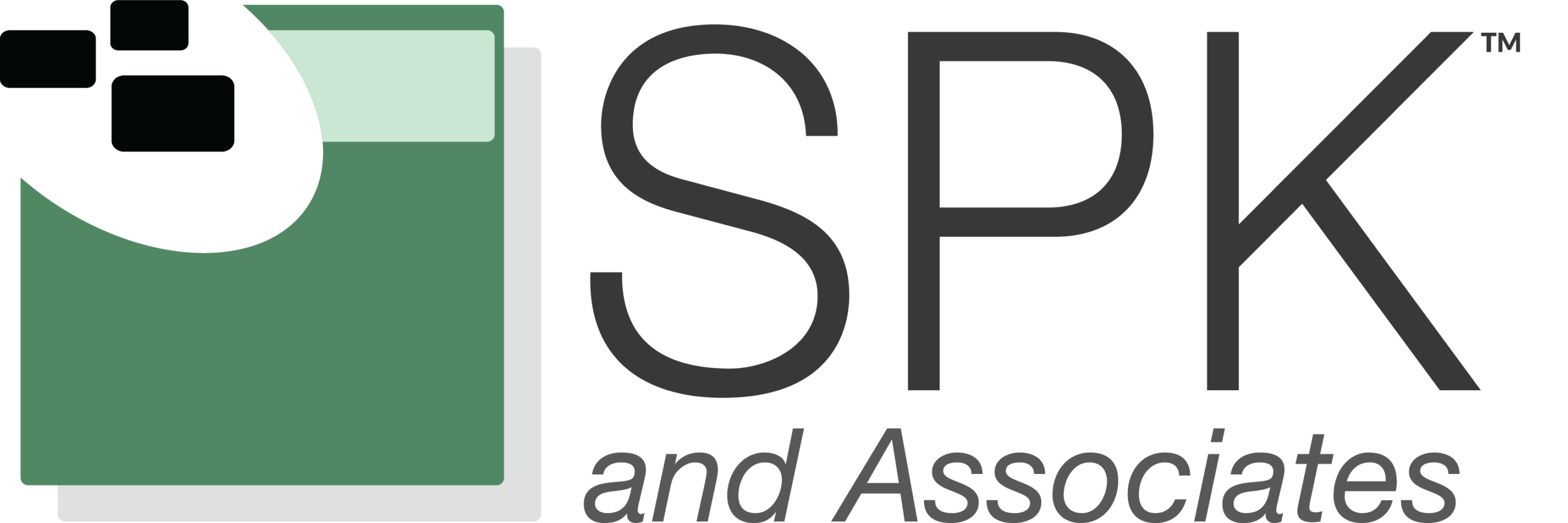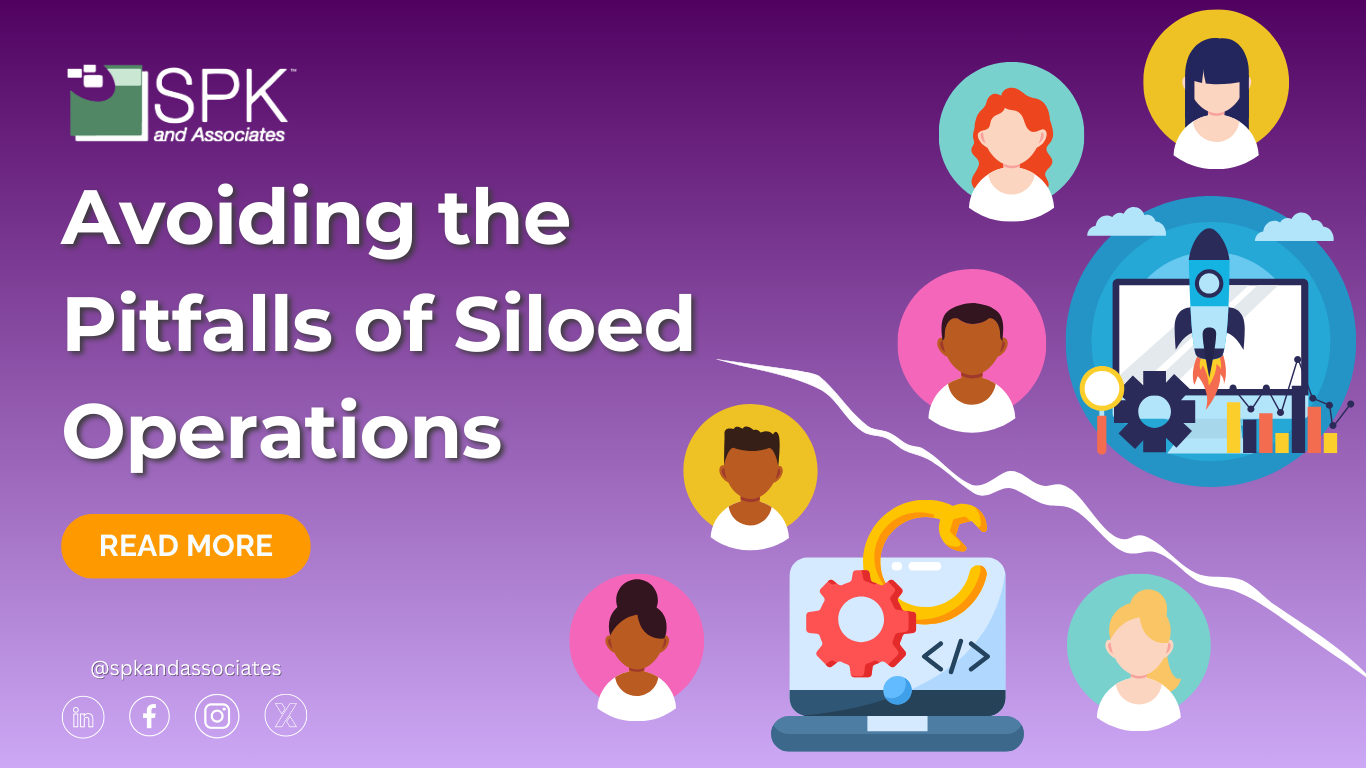When working with two distinct teams such as IT and engineering, it is difficult to avoid siloed operations. One team completes its tasks, while the other completes theirs. The issue with this is when teams fail to collaborate effectively, organizations miss out. This can look like losing a deal due to a lack of communication or releasing a product weeks after a competitor due to delayed operations. The key to eliminating these issues is fostering collaboration and breaking down silos. This ensures seamless teamwork and efficient project execution.
Factors Contributing to Siloed Operations
Several factors contribute to siloed operations, making it difficult for engineering and IT teams to work together effectively. First is a lack of unified tools. When each team uses different software, it creates barriers to communication and alignment. Additionally, over-specialization can create isolation. Highly specialized teams can limit cross-functional collaboration. Another common issue leading to siloed operations is emphasizing technical challenges without considering user needs. When IT and engineering teams focus strictly on their technical work without aligning their goals, they risk missing the desired outcome for their customer. Lastly, poor communication leads to misalignment and ultimately inefficient results. As these issues persist, silos can become deeply embedded in an organization’s culture, making collaboration increasingly difficult.
Negative Business Impacts of Siloed Operations
The consequences of siloed operations extend beyond internal inefficiencies—they have a direct impact on business performance:
- Slower Time-to-Market: Delays in communication and coordination result in extended development cycles.
- Reduced Agility: Companies unable to adapt quickly to changes risk falling behind competitors.
- Missed Business Opportunities: Lack of cross-team collaboration can lead to lost deals and an inability to meet customer expectations.
- Lower Product Quality: Without integrated collaboration, teams may overlook critical design and system-level issues.
The Benefits of Cross-Team Collaboration
While there are negative impacts of disjointed teams, breaking down silos also leads to numerous benefits. Combining the knowledge of engineers and IT specialists can spark new ideas. This technical expertise leads to increased innovation. Additionally, having the diverse perspectives of multiple teams can improve problem-solving, leading to more effective solutions. Furthermore, collaboration streamlines workflows leading to faster development cycles. This leads to projects getting completed quickly. In addition to this, breaking down silos can lead to improved quality assurance. When products are continuously tested throughout the development process, the result is higher quality. Better collaboration also leads to costs saved from prevented rework.
Collaboration Tools to Foster Integration
Leveraging collaborative platforms can significantly enhance teamwork between IT and engineering teams. The following tools help bridge the gap and create a more cohesive working environment:
- Jira: One of the most popular project management tools that enables efficient ticket tracking and agile development management. This tool integrates with tons of other collaboration tools to ensure proper alignment of goals while still giving users the ability to use the tools they need to communicate.

- Codebeamer: Provides an integrated ALM (Application Lifecycle Management) solution for development and product teams. With enhanced requirements management, test management, and risk management capabilities, it also houses that data with the proper teams to streamline the communication to create a great product that meets compliance requirements.

- Windchill: Facilitates product lifecycle management (PLM) to maintain alignment between design and manufacturing teams, which can be extremely expensive when communication is poor.

- Creo: A CAD tool that enhances engineering design collaboration and iteration. Creo packages include augmented reality models that you can share with non-CAD users, such as marketing and product teams for better collaboration.

- Slack: A messaging application that offers channels for real-time communication and information sharing across teams.

- Google Workspace: Supports seamless document collaboration and communication and is the foundation for organizational communication.

By centralizing these tools and ensuring interoperability, organizations can eliminate redundancies and promote a culture of transparency and teamwork.
Ready to Eliminate Siloed Operations?
Siloed operations create unnecessary friction, hindering innovation and slowing time-to-market. Organizations can foster stronger teamwork between engineering and IT teams by identifying the root cause of disjointed workflows and implementing collaborative platforms. By breaking down barriers, organizations can improve communication, and ensure better business outcomes. If you are looking to implement better communication tools and workflows to achieve a competitive edge, contact our experts. We can help you streamline your development process, accelerating your product to market.










